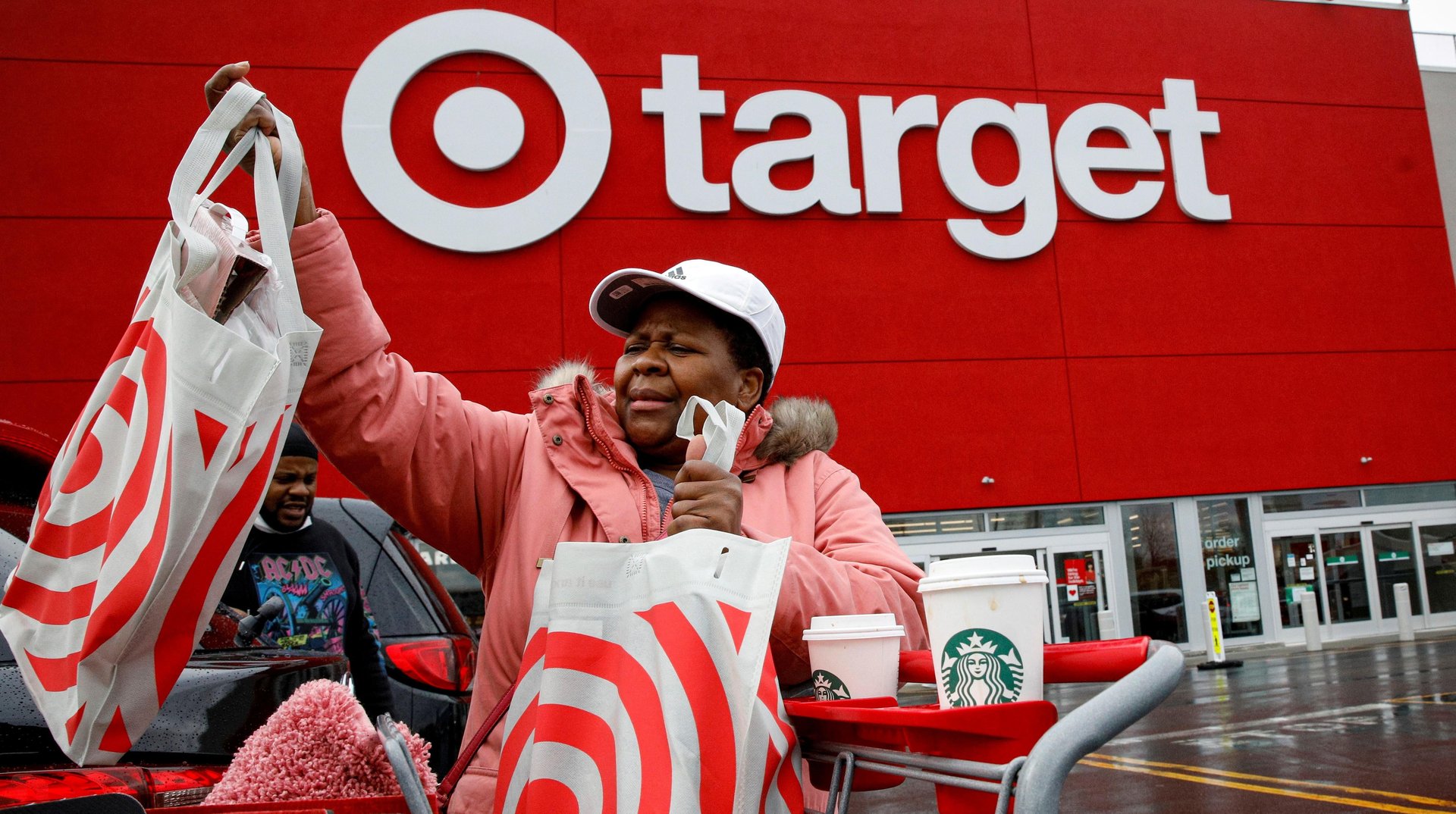US inflation was 0% in July
Gasoline and fuel oil prices declined, making average inflation much lower than expected.

After months of touching historic highs, it looks like US inflation has finally peaked—barring any unforeseen shocks.
US consumer prices didn’t increase at all in July compared to the previous month, as lower oil prices passed through to consumer prices. That’s a marked slowdown from June, when prices rose 1.3%, and the lowest monthly inflation rate in more than two years. On the year, prices rose by 8.5% on the year, down from 9.1% in June.
The new data came in much lower than economists’ predictions for a 0.2% monthly increase. Core inflation (which strips out food and energy) was also below expectations, accelerating 0.3% versus predictions for a 0.5% increase.
Economists are expecting inflation to remain tame in next month, given big drops commodity prices, which should continue to transfer to products on store shelves. But July’s data are unlikely to slow down the US Federal Reserve’s interest rate hikes. While monthly prices didn’t budge, inflation for food and housing accelerated in June, a concerning sign for Fed officials.
Lower oil prices are behind the slowdown, but other goods are cheaper too
The main reason overall prices were static is the drop in oil prices. It takes about six weeks for gas futures to turn into lower gas prices, said George Pearkes, an investment analyst at Bespoke Investment Group.
We saw the effects of that drop in July: Gasoline prices fell by 7.7%, while fuel oil declined by 11%. Oil prices could rise again, however. The situation in Russia and Ukraine remains volatile. And there could be other unforeseen shocks to the global economy.
Still, July data show prices are slowing down for some non-energy items. Used cars, for example, fell by 0.4%, and clothes by 0.1%.
Food prices will take longer to fall
In July, prices for a slew of commodities and raw materials dropped, including various types of food. But consumers aren’t feeling those declines in the grocery store just yet because of all the steps in between raw material exports and the final product.
In July, food prices rose 1.1% on the month, compared to 1% in June.
There’s a difference between what happens in futures markets, spot markets, and the consumer price index, and most of it depends on how much has to happen to the specific commodity and what consumer products it’s used in.
When wheat is turned into a loaf of bread, it has to go through a manufacturing process, whereas meat moves quickly from the wholesale market to the supermarket, said George Pearkes, an investment analyst at Bespoke Investment Group.
When they show up, the effects of lower prices for grains, cereals, and meat will also have a more muted effect than gasoline, because they account for a smaller share of the consumer price index.
Will consumer prices drop in August?
Lower prices for other commodities point to further relief farther down the line. Copper, which is used for electrical wiring and electronic goods, has dropped around 20% since June. Lumber hit an 11 month low of 479-per-thousand-board-feet mark, although it’s rebounded to $550 since then.
That’s still a far cry from the record-high lumber prices in May 2021, and should contribute to lower prices for another key item: new homes. Prices for shelter, which mainly include rent, rose faster in July, by 0.5% compared to 0.6% in June.
